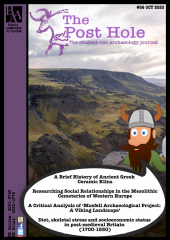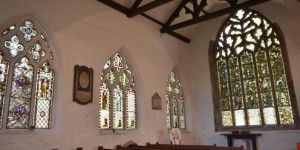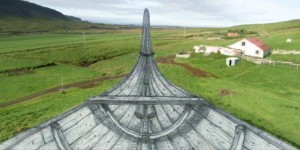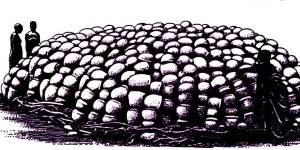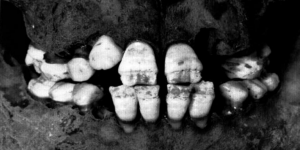I am now writing my last editorial as Editor-in-Chief for The Post Hole. I would like to extend a huge thank you to the team at The Post Hole; without whom this Issue would not have been possible. Despite it being a few months since our previous issue, with myself and the team adjusting to a new normal in which we find ourselves. However, the pandemic has only highlighted the dedication and commitment of the team. As we welcome the new academic year at the University of York, the team at The Post Hole will also welcome a new Editor-in-Chief. It is with great pleasure that I hand this role to Carol Leyland. I have no doubt that Carol will excel in the role, leading the journal from strength-to-strength.
Whilst this may be a strange time for archaeology, the discipline remains as fluid as ever, with new discoveries constantly changing our understanding of past narratives. It is this nature of archaeology that makes the discipline so vital to the understanding of our own histories. When engaging with headlines over the past few weeks, we can see this for ourselves. A quick google search will show you how discoveries such as how technological advances may have changed our understanding of Stonehenge; how we are enhancing understanding of the music produced by Africa’s ancestors; and how grave goods may suggest how Bronze Age Britons engaged with their spiritual beliefs of the afterlife. It is on this theme of understanding past narratives that this issue focuses heavily on. By understanding these past narratives, we therefore understand the importance of preserving the past. Therefore, my Editor’s Choice for Issue 56 is Olivia Little’s submission titled ‘The hidden importance of St Deny's Church, York from a conservation standpoint’.
As ever, compiling this Issue has allowed me the pleasure of engaging with a diverse range of archaeological topics. Within you can find the work of Jack Eggington from the University of York who; the team’s own Ryan Frederick from the University of York whose own study demonstrates as to how pathology prevalence rates can provide a new insight into settlement health in the past; Panagiotis Delavinias provides a detailed synopsis of the history of ancient Greek ceramic kilns ; Olivia Little from the University of York who emphasises how archaeology can help to reiterate the importance and significance of historical buildings, such as St Deny’s Church (York); the team’s own Eleanor Drew from the University of York whose work critically tackles the often incongruous relationship between the archaeological evidence, and the narratives portrayed; my own work attempts to understand how the synthesis of archaeological burial data can provide a more in-depth insight into the societal structure and potential socio-economic inequalities of Mesolithic societies.
I hope that you, the reader, will gain as much enjoyment from Issue 56 as I have, and therefore suggest that you also have a look at the latest issue of the Barrow Magazine from The Glasgow University Archaeology society (https://barrowmagazine.wordpress.com/). With Issue 56 complete, we are now accepting submissions for Issue 57 of The Post Hole. If you are interested in your work appearing in our next issue, email your submission in a Microsoft Word Document to submissions@theposthole.org. Submissions should be no more than 3,000 words, and should feature the Harvard style of referencing. For more information on our rules and regulations for submissions, please visit our ‘contribute’ page of the website found here (https://theposthole.org/contribute). You can also email any questions or concerns to editor@theposthole.org. You can also follow our social media on Facebook (The Post Hole), twitter (@theposthole) and Instagram (@theposthole).
Freya Bates
Editor-in-Chief


